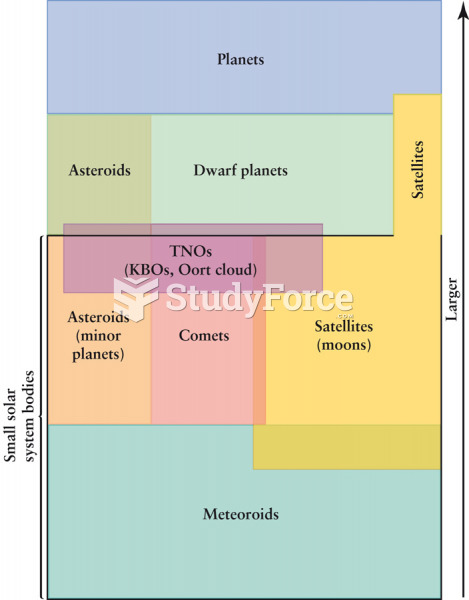Answer to Question 1
Answer: Strategic plans are plans that apply to the entire organization, establish the organization's overall goals, and seek to position the organization in terms of its environment. Plans that specify the details of how the overall goals are to be achieved are called operational plans. Strategic plans tend to cover a longer time frame and a broader view of the organization. Strategic plans also include the formulation of goals whereas operational plans define ways to achieve the goals. Also, operational plans tend to cover shorter time periods. We define long-term plans as those with a time frame beyond three years. Short-term plans are those covering one year or less. Specific plans are plans that are clearly defined and that leave no room for interpretation. They have clearly defined objectives. There's no ambiguity and no problem with misunderstanding. The drawbacks of specific plans are that they require clarity and a sense of predictability that often do not exist. When uncertainty is high and managers must be flexible in order to respond to unexpected changes, directional plans are preferable. Directional plans are flexible plans that set out general guidelines. They provide focus but don't lock managers into specific goals or courses of action. However, the flexibility inherent in directional plans must be weighed against the loss of clarity provided by specific plans. A single-use plan is a one-time plan specifically designed to meet the needs of a unique situation. In contrast, standing plans are ongoing plans that provide guidance for activities performed repeatedly. Standing plans include policies, rules, and procedures.
Answer to Question 2
Change agents are the people in an organization who are responsible for presenting and managing change activities. They see a future for the organization that others have not identified, and they are able to motivate, invent, and implement this vision. Change agents can be managers or nonmanagers, current or new employees, or outside consultants. Because change invariably threatens the status quo, it inherently implies political activity. Politics suggests the impetus for change is more likely to come from outside change agents, employees new to the organization (who have less invested in the status quo), or managers slightly removed from the main power structure.
Managers who have spent their entire careers with a single organization and achieved a senior position in the hierarchy are often major impediments to change. It is a very real threat to their status and position and, therefore, they are the most likely to resist organizational change. When forced to introduce change, longtime power holders tend to implement incremental changes. Radical change is too threatening.







